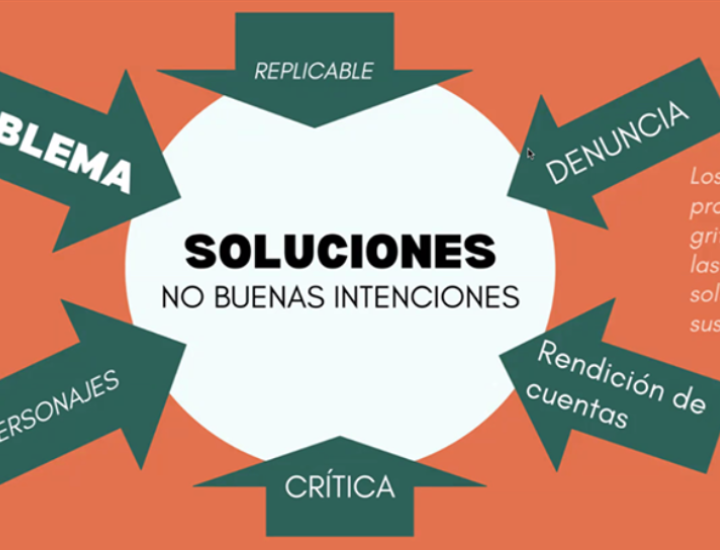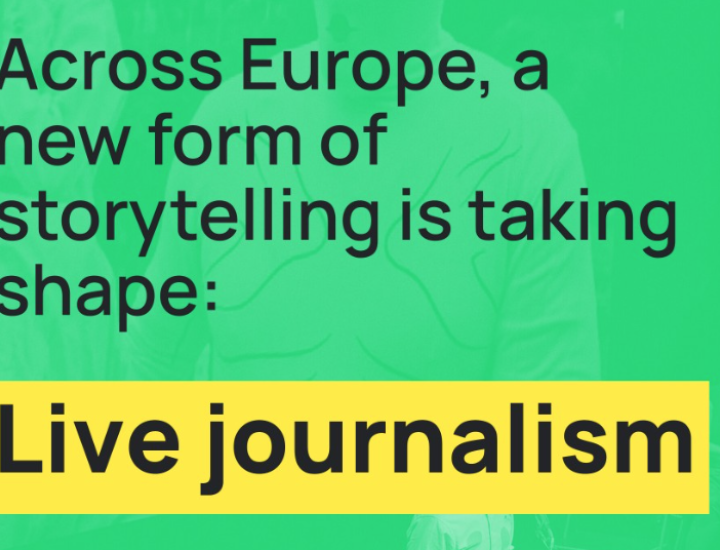The Great SoJo Shift

Solutions journalism has two big draws. First, it has the potential to shift how individuals relate to the news and to our world. Second, it can change (and has) journalism’s relationship to systems and power.
Two recent pieces highlight these benefits. First, Jennifer Mercieca, professor of communication and journalism at Texas A&M University, chronicled her students’ immersion into solutions journalism, as part of helping them build a practice of “hopescrolling.” The results were remarkable, with students feeling more agency, gaining a fresh awareness of how much media was affecting their mental health and shifting their entire perspective on problems.
Over at Mongabay, founder Rhett Ayers Butler wrote about how the newsroom designs for impact, with a focus on covering solutions. Mongabay is one of the most prolific outlets for solutions journalism around, and Butler laid out a few examples of impact from its solutions reporting. He says solutions journalism offers “usable models that others could adapt” and can help build journalism that is not all-powerful, but instead contributes to “small course corrections that, together, amount to a change in direction.”




